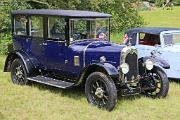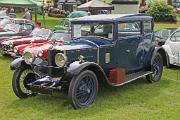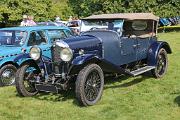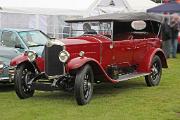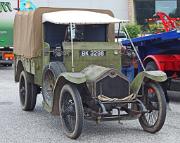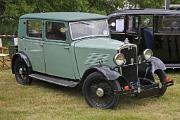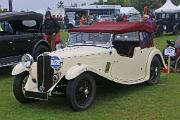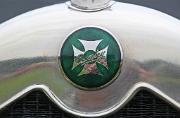
Crossley 14hp 1924 - badge on radiator. The design is based on a Coptic Cross, chosen to mark the Christian beliefs of the Crossley brothers.
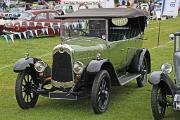
Crossley 14hp 1924. This has a 3-door Tourer body (by Crossley). The engine was a 2,388cc 4-cylinder 31bhp unit rated at 15.6 but sold as a 12/14 or a 14. It was produced from 1922 until 1927 and approximately 5,500 were sold
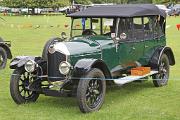
Crossley 19.6 1923. Launched at Olympia in 1920, the 19.6 was sold from 1921 to 1926 with 1150 cars leaving the factory. A 4-cylinder monobloc side valve engine rated at 19.6 powered this car. This car wears a 5-seater Tourer body.
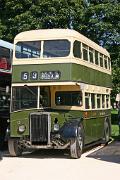
Crossley DD42 1952 Bus. Powered by a 8600cc Crossley HOE7 Diesel engine. The prototype DD42 was built in 1944 and production ran from 1945 to 1952 with 1100 being made. This Derby Corporation has coachwork by Brush.
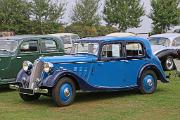
Crossley Regis 1939. Originally fitted with an 1122cc Coventry-Climax engine. Body designed by Charles Beauvais.
All images and content of this site is the copyright of Simon GP Geoghegan
